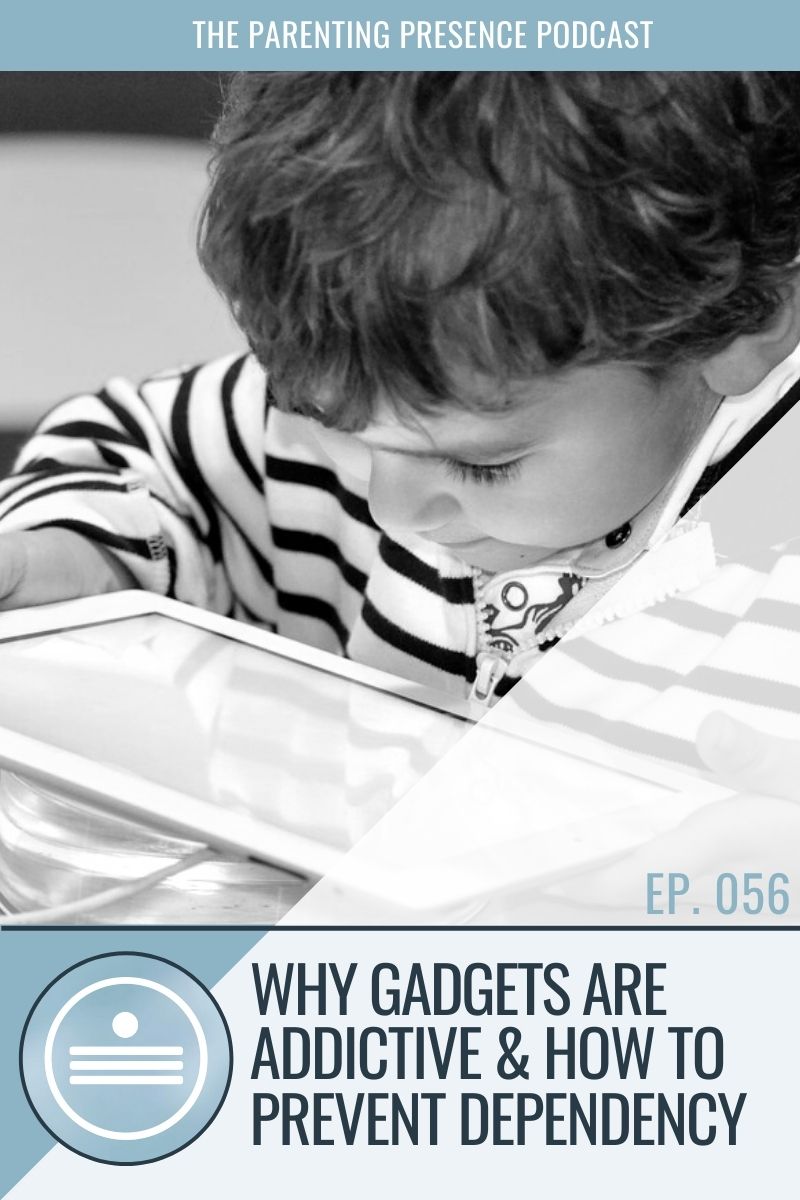
Is your child glued to gadgets and screens? Do they seem completely obsessed and absorbed at the expense of everything else? These are red flags for digital dependency. One thing is for sure, it isn’t your child’s fault. Electronic devices are designed to be addictive. But there is a lot you can do as a parent to offer healthy alternatives.
It is no longer a secret. Digital devices are designed to be addictive. This should be an automatic red flag when it comes to anything our children handle and interact with. Not only does this mean that it is important we monitor their use, but that we also must think about alternatives.
But how can you offer a good alternative when gadgets are all your child seems to want?
It’s time to get to know brain chemistry a little better! Because if you know how the gadgets are tricking you and your child, then you can actually be more intentional about getting what you need in healthy ways.
Get ahead of the game! (pun intended)
You see, gadgets are specifically designed to manipulate the neurochemistry of the human brain. And they do that in such a way that bypasses intentional decision-making. They turn off our capacity to be self-aware, which in turn makes us blind to the effects they have on us. And that means that you have to set limits before digital interaction begins.
Electronic devices are tricking the brain to believe that you have everything you need inside the screen. And that is what creates dependency. They automatically activate brain centers that release “happy chemicals” and make us believe we can’t get that goodness anywhere else.
But that is not true. The same reward centers in the brain are activated when we get what we need from real life experiences. Choosing real life experiences over artificial ones can save your child from a future digital dependency. I will tell you exactly where and how to get a healthy alternative of the same sense of wellbeing.
The answer is in getting the healthy kind of “happy chemicals”
“Happy chemicals” are the neurotransmitters that make us feel good. These get triggered by our environments and how we experience life. Gadgets limit our environment to the boundaries of the screens and are specifically designed to trigger these neurotransmitters so that we spend more and more time there, being lulled into an artificial sense of happiness and fulfillment.
Instead of accomplishing something in real life, it replaces it with a sense of impact that only lasts during engagement with the device. And that creates an incentive to continue. Because as soon as you disengage, a sense of emptiness takes over.
To avoid this experience, we need to look at healthy alternatives.
If you know what these neurotransmitters are and how to get them, you don’t need a fake substitute and neither does your child. Just as with anything else, a healthier alternative will take a little bit more effort and intention than the easily-accessible junky option, but… It is worth every bit of effort for the sake of our sanity and mental health. Not to mention proper child development.
Get to know your brain chemistry
The neurotransmitters I am talking about are: dopamine, serotonin, oxytocin, and endorphin. I walk through what triggers each one of them and discuss an alternative. We talk about the natural ways of accessing these neurotransmitters and what it can look like. Have a listen!
And one more reminder…
The social and cognitive reshaping that smart devices are capable of is also something you need to be very aware of. The one thing you could do to better understand how these devices are designed is to watch a really eye opening documentary. I talked about it in the previous episode and it is called The Social Dilemma. Here is the link to it:
The Social Dilemma (2020)
And as I said before, we cannot parent on auto-pilot. Use your discernment and have the courage to guard your children from the people, things, and platforms that do not serve them.
.
